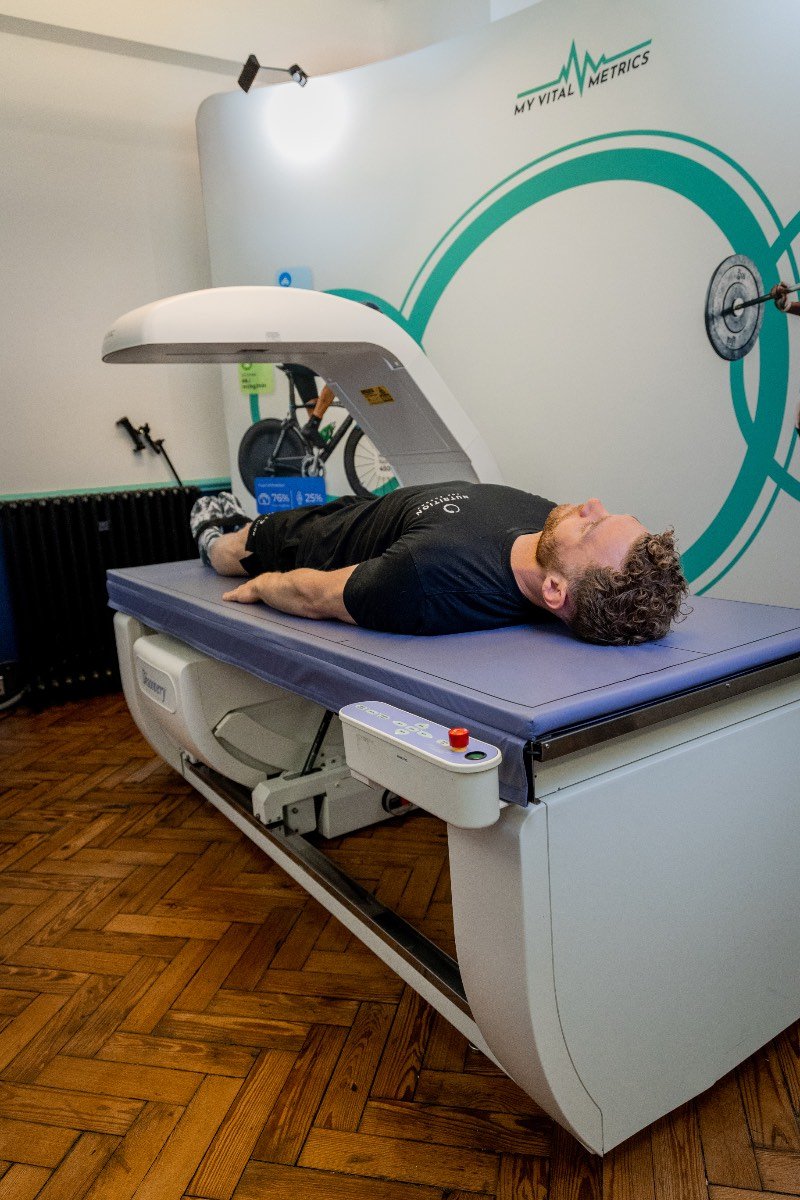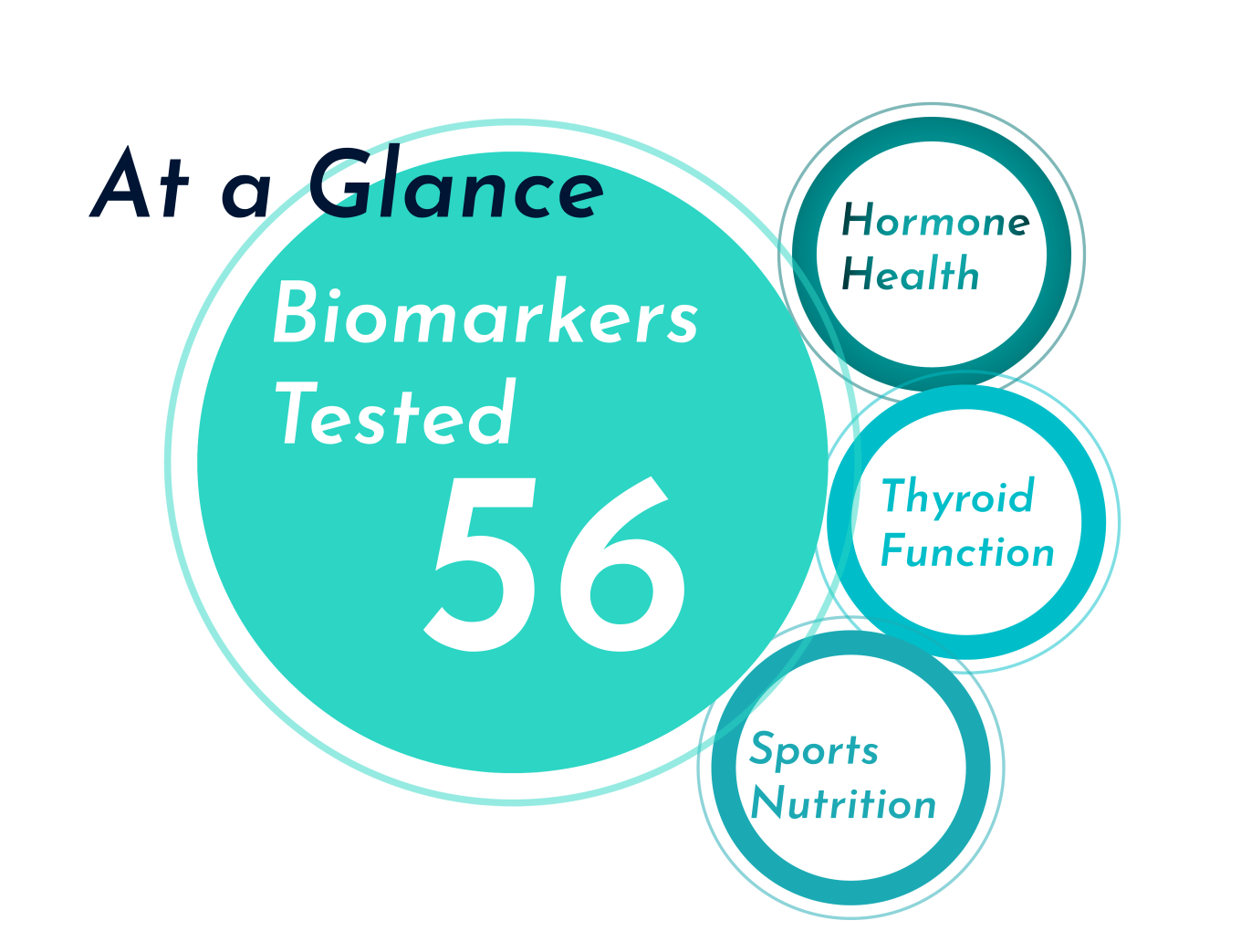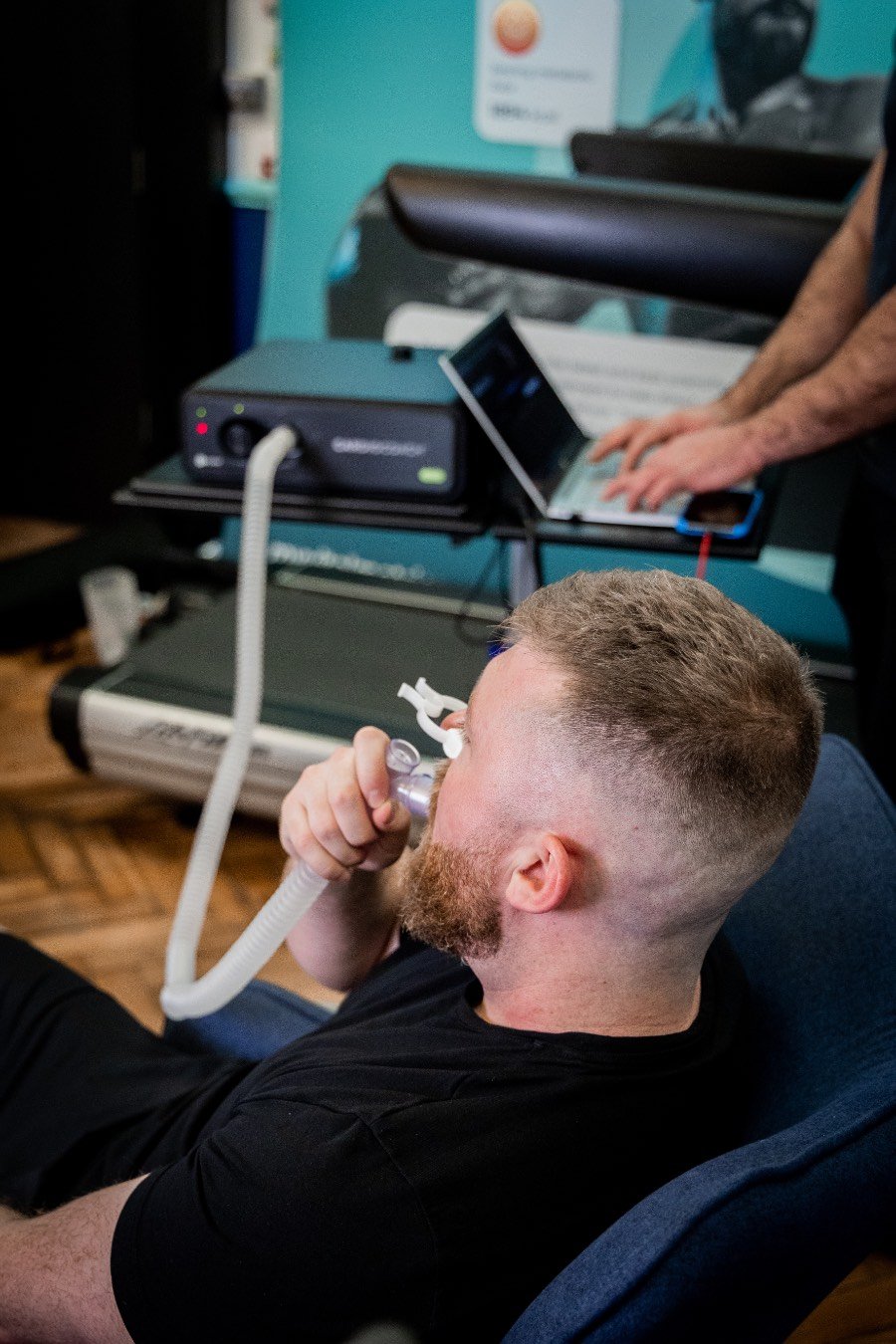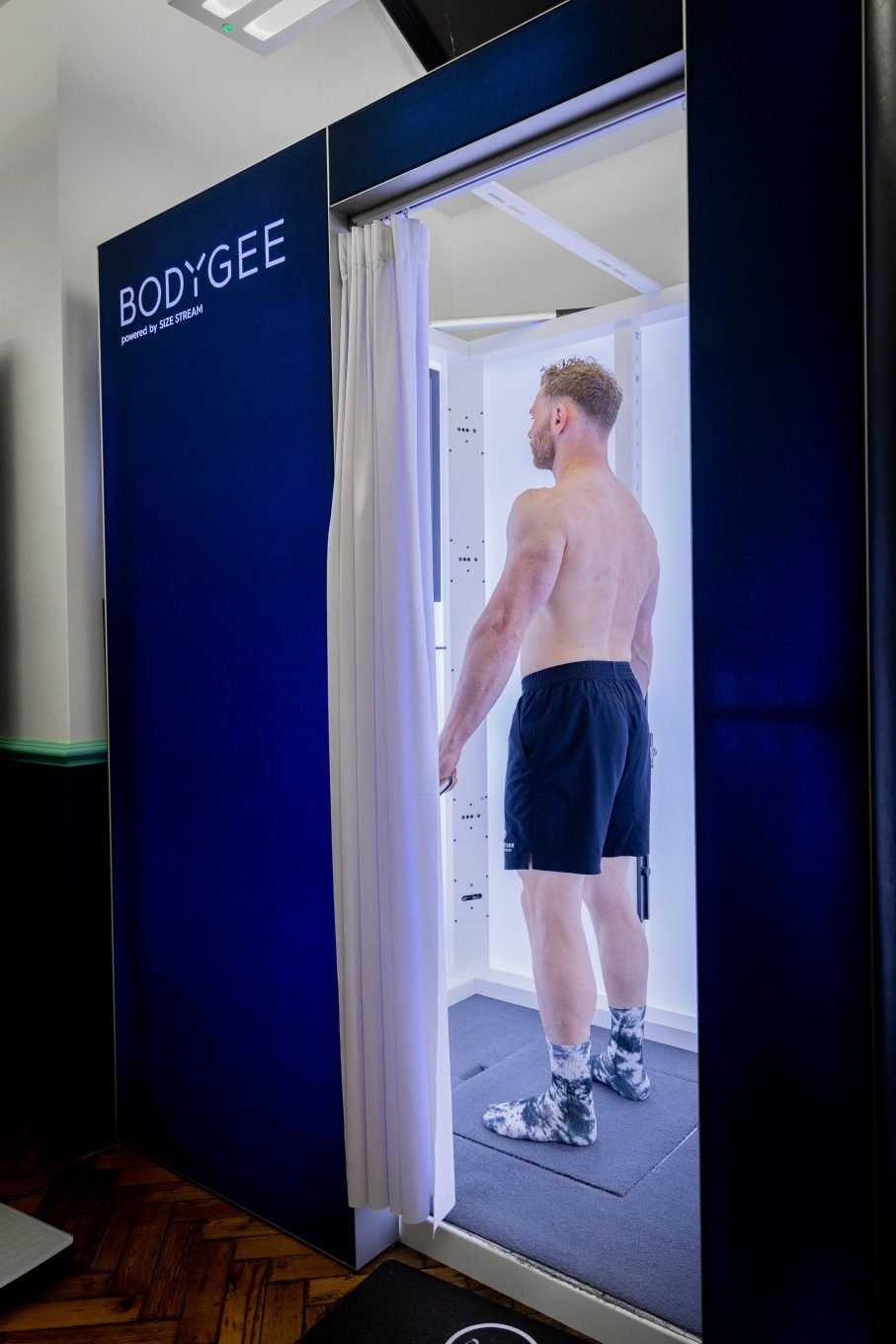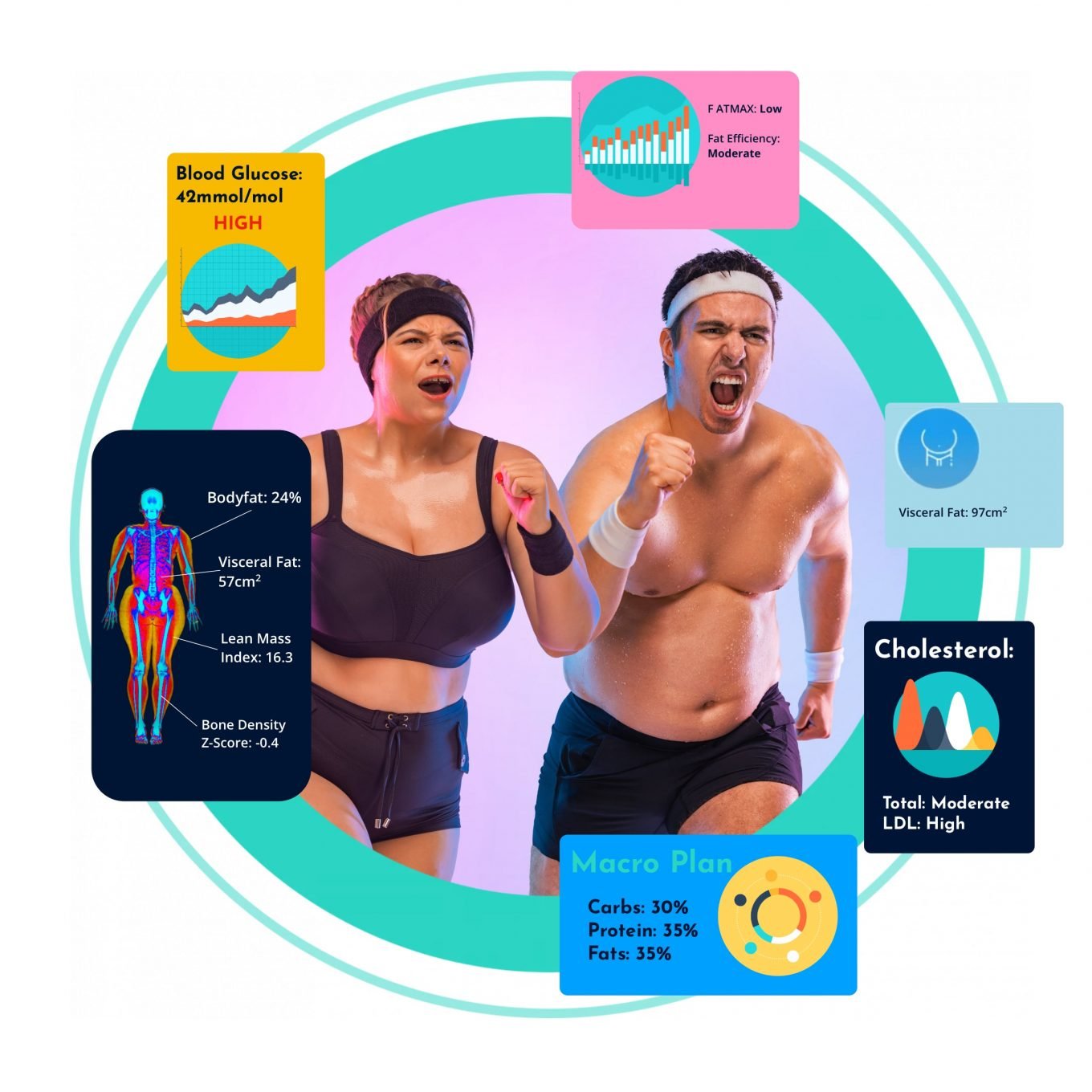If your new year has featured a Google search along the lines of “how to get in shape”, “how to get healthy”, or “how to lose weight”, then you’re not alone. 48% of participants in the annual New Year’s Resolutions study by Forbes Health/OnePoll cited “improve fitness” as their top New Year’s resolution for 2024.
When it comes to our health, many of us start the year with the best of intentions – and set our New Year’s resolutions accordingly. And yet, research suggests that just 9% of us keep our New Year’s resolutions for a full year, and 43% of us have forgotten or abandoned our resolutions by February.
Why do New Year’s resolutions fail?
Despite a high initial commitment, many resolutions fail due to a lapse in motivation, excessive personal stress, an inability to predict obstacles and setbacks, and negative emotional states – often evoked by goals not going as planned. This can create a negative cycle where failing to meet one goal decreases our motivation to work towards another.
So, what can we do instead?
SMART goals offer a structured framework for realistic, impactful goal-setting that builds towards long-term change. SMART fitness goals can be a great way to harness that New Year energy and keep it going strong as you progress on your fitness journey.
In this article, we’ll take a look at what SMART goals are, what the benefits of using them are, and how to set a SMART fitness goal. Whatever your health and fitness resolutions are this year, here’s how to help make sure they stick.
What are SMART goals?
So, what is a SMART goal?
A SMART goal has five specific traits that form the acronym SMART: specific, measurable, attainable, relevant, and time-bound. First coined in 1981 by George T. Doran – and designed to increase the impact of business goals – SMART goals form a framework for meaningful, well-articulated goal setting.
A SMART goal is well-defined – it states within the goal itself what the outcome of the goal is, when it will be completed, and how you will know it has been achieved. This is important, as research shows that the intention to make a behaviour change isn’t often enough for us to actually make the change. This is known as the “intention-behaviour gap” – a “failure to translate intentions into action.”
Research has demonstrated that SMART goals “help individuals focus their desires and intentions and create a standard by which success can be measured.” How does this work? SMART goals help increase the chances of attaining a given goal by:
- Ensuring the choice of a goal that is relevant and attainable
- Specifying what the goal is and how it will be completed
- Generating focus and motivation to work towards a specific goal
Let’s break down what this looks like by addressing each of the attributes of a SMART goal in turn.
Specific
SMART goals are specific. This means that when setting the goal, you specify the who, what, where, and how of the objective. This specificity is crucial, as it allows you to know when you have completed the goal.
For example, if your goal for the new year was to “be more active”, there are various ways that you might choose to add specificity to that overarching intention:
- I will go on a run in my local area 3 times per week
- I will complete at least 1 30-minute session of physical activity per day, 5 days a week
- I will increase my training from 2 workouts/week to 4 workouts/week
If we take the first goal, we can see that it specifies:
- Who will complete the action: “I”
- What the action will be: “Run”
- Where it will be completed: “In my local area”
- How it will be completed: “3 times per week”
All of the listed suggestions would hit the original goal of “be more active” – and the added specifics make it much easier to gauge whether you have hit the criteria of your goal.
Measurable
Similarly to being specific, SMART goals are also measurable – they’re quantifiable, and you’ll know when you’ve met them.
Let’s take our previous example goal: “I will go on a run in my local area 3 times per week”. We can measure our progress towards this goal by tracking how many running sessions we go on each week.
If we wanted to make this goal even more measurable, we could add a sense of duration by stating “for at least 30 mins” and “during January, February, and March of 2024”. This helps to avoid the situation where a 5-minute run, for example, “counts” towards the goal!
Different types of health and fitness SMART goals will have different measurable outcomes. For example, a goal to “improve cardiovascular endurance” could be measured by scheduling a VO2 Max test to assess your current aerobic capacity, and again after a period of dedicated training. A measurable outcome could also take the form of a personal best, consistent event time, increased mileage, body composition shift, a specific step count, or anything else that quantifies your efforts towards your fitness goals.
Attainable
The third characteristic of a SMART goal is that the goal is attainable. This is sometimes used interchangeably with “achievable”, and the sentiment is similar – SMART goals are goals that you can successfully complete.
Unlike overly optimistic New Year’s resolutions or quick-fix challenges, SMART goals are designed to be manageable. They’re realistic goals that balance a sense of challenge with sustainability.
Incremental change is key to creating sustainable, long-term change. This means making small changes, repeatedly, rather than going all out for the first week or month of the year, burning out, and then giving up.
As you build your fitness SMART goal, ask yourself what you can realistically ask of yourself – in terms of time commitment, energy, and effort – and craft a goal that honestly reflects your current capacity. And remember – it’s okay to adapt your goal as you go along.
Relevant
Next, SMART goals are relevant. They relate directly to our life, health, values, capacities, and fitness levels.
Unlike generalised goals or training plans, a SMART fitness goal can be designed to take into account your circumstances, any health conditions or injuries, and the amount of time and energy you have to work towards your goal. This might mean that your SMART goal looks very different to someone else’s – and that’s okay.
Time-bound
Finally, SMART goals are time-bound, or time-limited. This means that they include a statement about the timeframe within which you will work towards – and complete – the goal.
This could look like:
- Working up to – and completing – a 10k on a specific date
- Committing to working out for 45 mins, 3 times a week, in 2024
- Completing a 1-hour yoga class once a week from January-March
- Being able to run a 5k without stopping by June
- Completing a 1x bodyweight barbell squat this year


